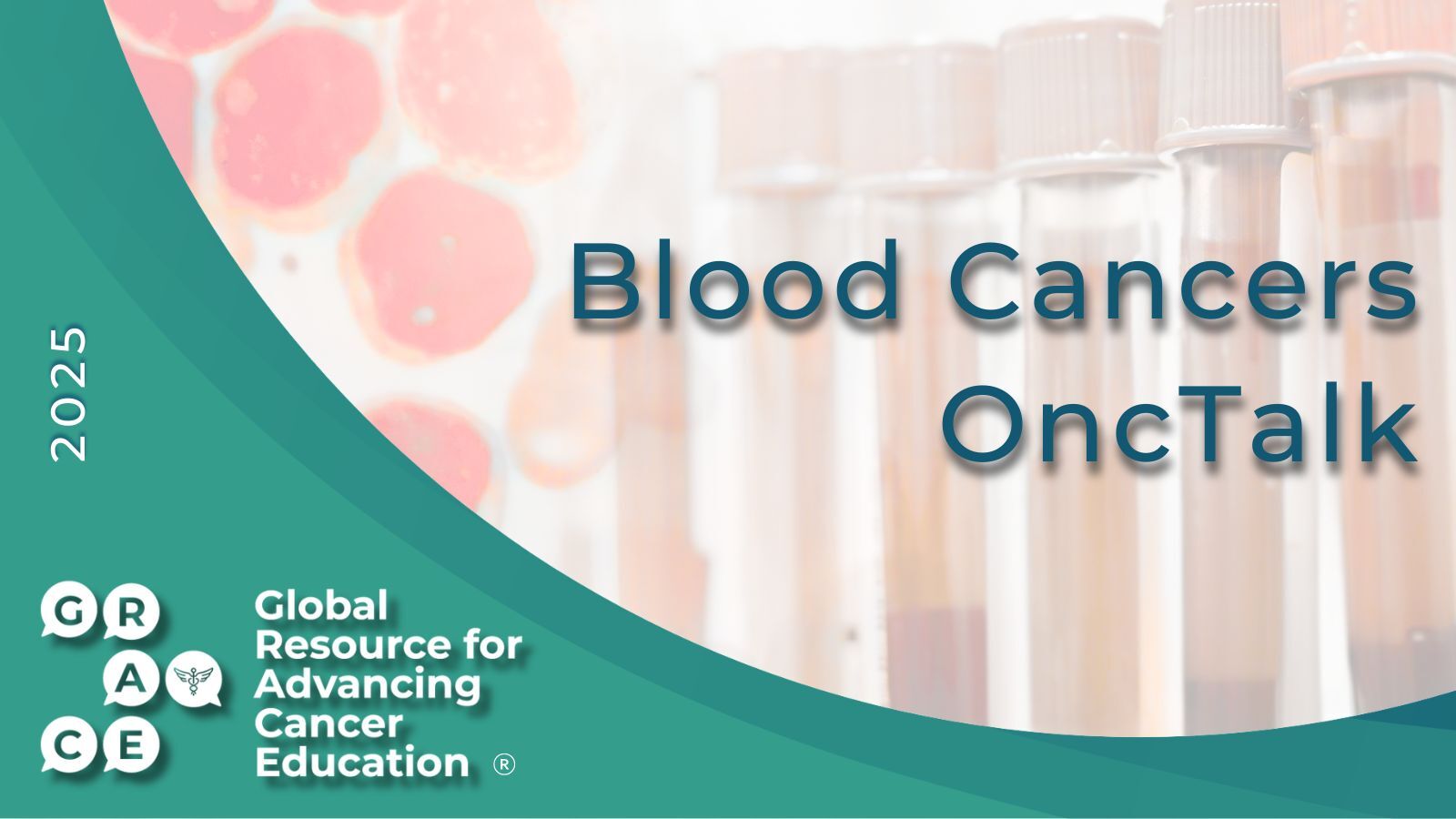One of the most common questions that emerges in a person’s first foray into metastatic cancer is often, “Why can’t a surgeon just resect all of the areas of disease?”, or a related one of “why can’t we just radiate every area of metastatic spread?”. The concept is appealing, as people would hope to remove or destroy every area of visible disease and be rid of it and cured. The problem is that metastatic cancer represents a situation in which the disease we can see is almost always accompanied by additional micrometastatic disease we can’t see, but that remains under the surface and able to create new areas of metastatic spread that prevent even our most aggressive local therapies (those directed to disease in a particular area, as opposed to systemic therapies that reach throughout the body) from being truly curative. If cure is achieved by ridding the body of any viable cancer, removing or radiating even 98 or 99% isn’t going to do the job if there is more disease below our levels of detection.
Although it’s not a perfect analogy, it may be helpful to think of a terrorist cell first developing a plan together in a specific location (the primary tumor). In that location, they may bring in others quite nearby, growing in numbers but all right in the same place, and there may be others right in the neighborhood helping with recruitment (cancer in regional lymph nodes). If there is a precision attack on that nefarious group in that particular area (removing or radiating the primary tumor), you can nullify the entire threat as long as there’s no other terrorists outside of that area. An additional sweep of the area to remove others in the neighborhood (careful removal of regional lymph nodes, perhaps accompanied by chemo and/or radiation) may be needed to completely neutralize the threat.
Now let’s imagine that with additional time, the terrorist cell begins to disperse into other areas to recruit others and execute a plan of mass destruction that, for the sake of argument, will be successful if they reach a certain critical number of converts. But if a subset of the terrorists fan out to the winds and begin to recruit in many different areas, we will no longer be successful by destroying the initial focus of activity, even if it represents most of the terrorists. Now, perhaps we can identify collections of them working together in a location when there are more than 10 in an aggregate (equivalent to the threshold of detecting a metastatic lesion on our best scans), enabling us to go after them by he time their group reaches a critical size, we just can’t identify small groups that can pass undetected and convert others in faraway places. Destroying every threat that appears on our radar still doesn’t resolve the danger.
The challenge is compounded by the fact that the terrorists are people that may look and often act very similar to innocent people (cancer cells are in many ways extremely similar to normal non-cancer cells), so even if can develop rules for identifying most of them on an individual basis very intelligently (with a broad range attack like chemo or a targeted therapy), any that can manage to hide from others or develop a new effective disguise will circumvent our best efforts. And they then recruit more who follow their tricks. This is a limitation of systemic therapy, so a little off-topic from the question of why to not do surgery or radiation or some other local therapy, but it fits into the broad analogy.
Still, there are some exceptions to these general rules. First, in oncology there are rare cases of the “precocious metastasis”, in which a single focus of metastatic disease may represent the only disease there is beyond the main tumor. In this case, it would be like one scout group of terrorists breaking away without being accompanied by a broader distribution of many other terrorists traveling individually, under the radar. In such a case, treating the disease you see may, in fact, eradicate all of the disease.
A second situation is one in which there is perhaps an area of metastatic spread that outpaces all of the other areas, even if you know that there are other areas of viable disease. This isn’t a well studied issue for which we really have data, but you could imagine that if one area of activity far outpaces every other area, you could make a compelling argument that eradicating the pace-setting disease will lead to a meaningful benefit.
One other factor in all of this is that the anticipated side effects of a treatment that is of unclear, unproven benefit is very relevant. If systemic therapy is the best established cornerstone of metastatic disease, then a big surgery may be disabling and keep a person from being able to tolerate the chemotherapy that may be more likely to provide a lasting impact. What we absolutely don’t want is to recommend a risky therapy, have the person develop new areas of metastatic disease before they’ve recovered from the local therapy, and be too compromised to tolerate the systemic therapy that we would hope will be more effective for a disseminated cancer. On the other hand, if a local therapy is associated with minimal toxicity, it is arguably more appropriate to lower our threshold for considering it. In this way, the evolving technologies for focal radiation with minimal toxicities have begun to penetrate into more treatment plans even for metastatic disease.
Finally, there are a limited number of settings for which local therapy is still a very appropriate consensus recommendation for metastatic disease. The main situations in which local therapy, usually radiation, are indicated for metastatic disease include situations of the metastatic cancer causing local problems in the area, such as brain metastases, compression of an airway, local bleeding, painful bone metastases, and spinal cord compression.








This may not be the right place to ask this question but, being new to Grace, I could not find the right away to ask elsewhere.
My wife was diagnosed with Stage IV lung cancer in March 10, with tumors limited to right lung and its pleura. After chemo, she is in maintenance phase with Avastin since July 10.
While she has a CT scan every 6 weeks, there is no similar test for any brain mets quietly developing. can you suggest any symptoms which we should watch for and promptly report to our doctor?
Thanks
The main symptoms that would raise concern about brain metastases include (new) vision changes (double vision or new blurring), headaches, a seizure, dizziness and balance problems, and/or very bad nausea/vomiting that don’t follow a pattern of occurring just after chemo.
Thank you for this article, Dr. West. I’m digging deep to find all possible pathways for my Father’s fight. I have a few questions:
1 – How do we find out what type of metastasis we are dealing with? You mentioned a rare case of the “precocious metastasis.” We found the cancer from pain in his back due to mets on his lower spine. The original biopsy was performed there – would that test tell us?
2- I’m not in full understand of the second situation where the area of metastatic spread outpaces all other areas. How do we find out if this is the case for my Dad.
Thank you so much!
Keri
Keri,
I’m so sorry that your question was lost in limbo by an over-zealous filter for weeks and weeks. I don’t know if it will help you now, but I’ll try to answer.
1) There isn’t a test you can do to clarify whether a metastasis is a precocious metastasis. It essentially refers to a metastatic lesion that is solitary (NO other metastases anywhere) and ideally where the findings without that metastasis would be staged as early disease, such as with no nodal involvement either. If there are a bunch of lymph nodes also involved, and/or there are other areas of metastatic spread, it’s not a precocious metastasis, but just typical metastatic spread that unfortunately couldn’t be expected to be eradicated with any tools we have available.
2) This situation refers to a situation in which you’re following someone with metastatic disease but there is only a single area growing while everything else appears stable for months and months and months. If there is more than one area progressing between scans, or if it has only been a few months without change in several lesions, this isn’t necessarily a situation of one spot likely outpacing all the rest of the cancer.
-Dr. West